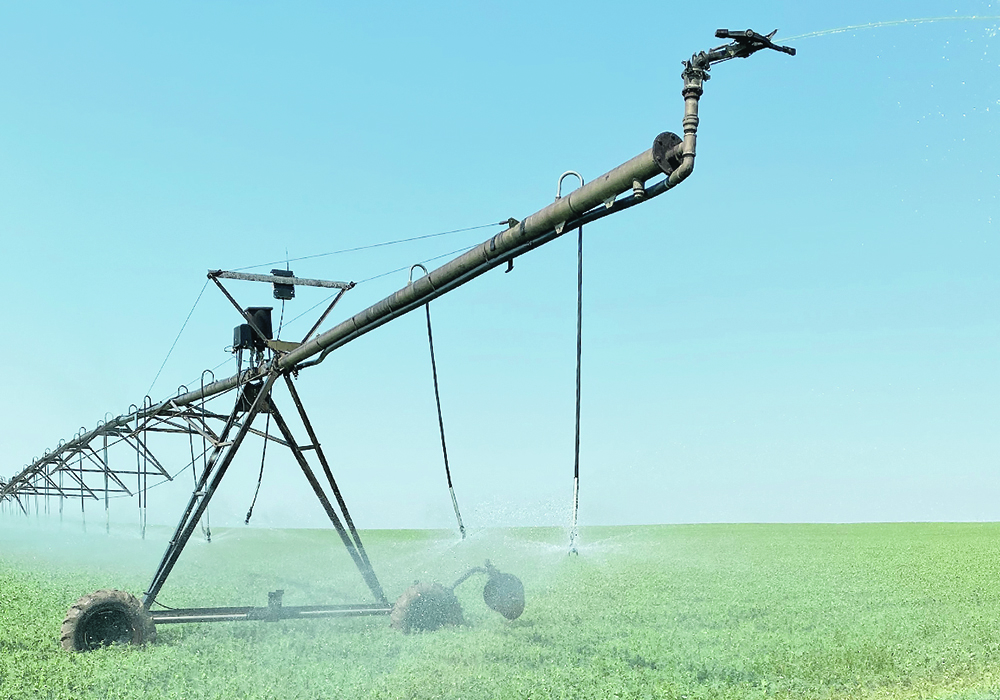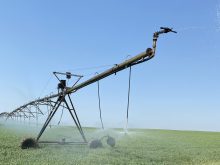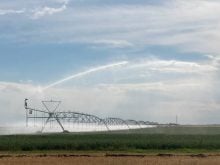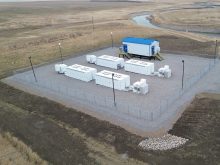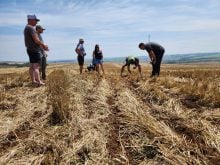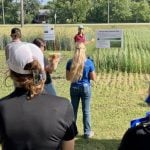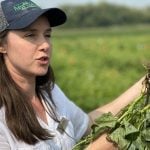The Alberta government says proposed amendments to the Irrigation Districts Act are on the legislative slate for the spring session.
“If all goes well, they will modernize the legislation, cut red tape, improve administrative processes, expand the Irrigation Council and improve the ability to stop water delivery when needed,” Agriculture and Irrigation Minister Nate Horner announced at the recent Alberta Irrigation Districts Association convention.
Related stories in this issue:
- Work continues on dream to irrigate eastern Alberta
- U.S. dam project to boost southern Alberta river flow
Read Also

Rented farmland jumps 3.4 million acres in Saskatchewan and Alberta
Farmland rented or leased in the two provinces went from 25.7 million acres in 2011 to 29.1 million in 2021, says Census of Agriculture data.
Press secretary Mackenzie Blyth said in a later email that the proposed amendments will enable irrigation districts to halt the delivery of water that is being used in a harmful or unauthorized manner. It also includes things such as irrigating acres that aren’t on the assessment roll and providing water to others without consent, he added.
The provincial government announced in 2021 that $117.7 million will be provided to modernize irrigation infrastructure and increase water storage in southern Alberta. It joined $815 million announced the previous year, with the total funding of nearly $933 million set to expand irrigation by up to 230,000 acres.
Meanwhile, the provincial government said Dec. 5 it was helping fund a $7 million initiative involving preliminary planning for a potential project that could irrigate 108,000 acres in the Special Areas and Municipal District of Acadia in east-central Alberta.
Such developments collectively mark the province’s biggest expansion of irrigation in a century, said Alex Ostrop, who is a board member of the St. Mary River Irrigation District, chair of the Alberta Irrigation Districts Association, and a farmer near Grassy Lake, Alta. “I think we are really at a pivotal moment for irrigation in Alberta.”
It is important because climate change means the supply of water for farmers can’t be taken for granted, he told the conference Feb. 7. He pointed to the unprecedented drought affecting the Colorado River in the United States, which is causing water levels in reservoirs such as Lake Mead to plummet.
Seven states failed that week to meet a deadline to reach a water-sharing agreement, he said.
“And for the first time in history, the federal government in the United States is stepping in to ration water for 40 million Americans.”
However, continual improvements at the district and on-farm levels have allowed Alberta producers to double the number of irrigated acres since 1970 while on average diverting less water, said Ostrop. He expected the trend will continue thanks to the nearly $933 million investment in irrigation infrastructure, which will involve about 90 projects.
They will improve the ability to manage water through measures such as the creation and expansion of reservoirs, as well as boost efficiency by converting open ditches into pipelines to reduce seepage, evaporation and spillage, he said. “It allows us to take steps to mitigate climate change by increasing storage capacity in our networks and being able to handle those extreme weather events.”
Ostrop said although 4.4 percent of agricultural land in Alberta is irrigated, it contributes more than 28 percent of the province’s agri-food gross domestic product.
“It is on average eight times more productive than the neighbouring non-irrigated field,” he said.
“That 4.4 percent of farmland and the industry that goes with it contributes $5.4 billion to this province… and that number is growing. It’s up from $3.6 billion eight years earlier.”
Irrigation supports the equivalent of 46,000 full-time jobs, making it “a stable beacon in what is otherwise an often cyclical provincial economy,” he said.
“Irrigation in Alberta is truly an industry that benefits all Albertans, and where every $1 invested by the government of Alberta returns $3.56 to the province.”


